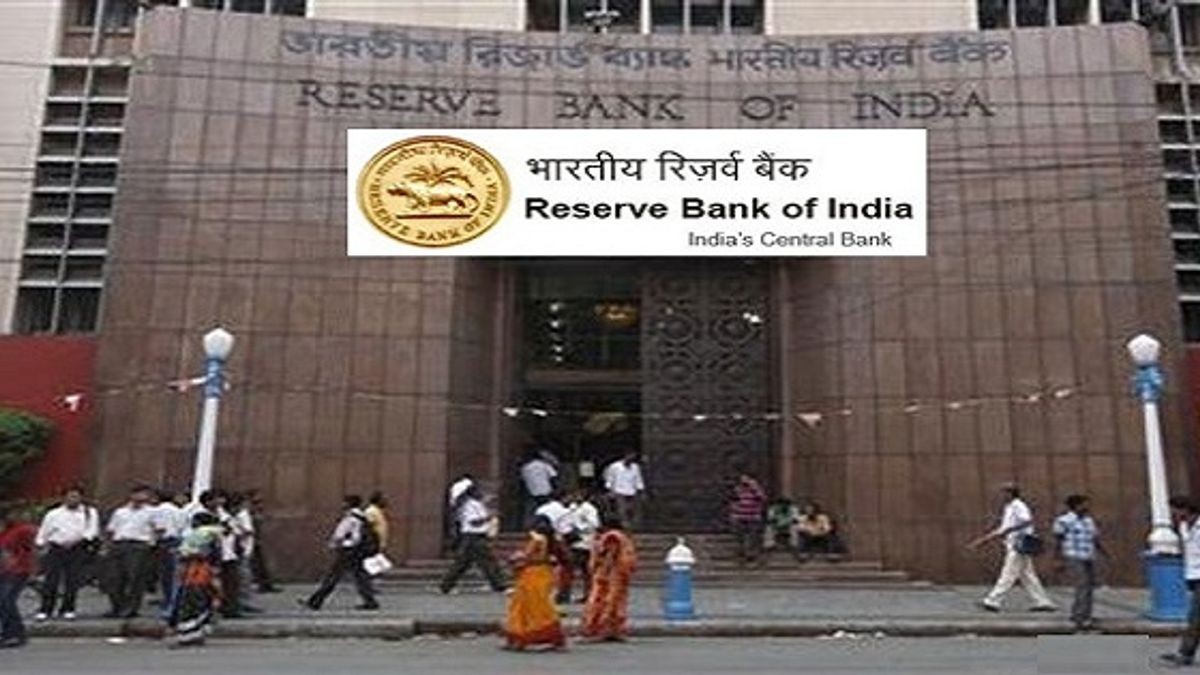CPI at 0.25% reshapes India's policy Expectation
CPI at 0.25% y/y tilts RBI to December cuts; watch USDINR=X stability and IN10Y yields for transmission. Rate-sensitives on ^NSEI could re-rate as real rates normalize and consumption momentum steadies.

India’s October inflation collapse to 0.25% year on year reframes South Asia’s policy outlook. After two months below the 2–6% tolerance band, the probability of a December repo cut has risen materially. The mechanics are unusually clear: food prices fell 5.02% with vegetables down 27.6%, while September’s tax cuts on mass-consumption goods transmitted quickly to retail shelves. Core inflation at 4.4% remains sticky, reflecting services momentum and a 5% rise in domestic gold prices, but the disinflation impulse is powerful enough to offset it near term.
Transmission works through multiple channels. Lower headline CPI reduces real rates, easing borrowing conditions even before a formal repo move. It also stabilizes household purchasing power, particularly in rural states that bore the brunt of food inflation spikes through 2023–24. On the fiscal side, soft inflation compresses nominal deficits mechanically, offering some headroom for targeted capex without crowding out. Bond markets should read this as duration-friendly: an on-schedule glide path for the 10-year yield into the mid-7% area is plausible if supply is well managed and inflation prints below 2% in November–December.
The macro signal extends to equities and currency. A benign inflation path supports consumption proxies and housing, while limiting pressure on USDINR from imported price shocks. For banks, lower inflation flattens NIM risk provided term premia compress in tandem; for NBFCs, funding spreads should tighten if policy credibility is reinforced by data. Rate-sensitive sectors can re-rate if the first 25–50 bps of easing is delivered by March. Still, core at 4.4% warns against extrapolating to a deep cutting cycle; services prices and wages are more inertial, and gold-driven miscellany can re-accelerate if global risk sours.
Markets will also parse the growth-inflation mix. Real GDP expanded 7.8% in April–June, but growth is likely to moderate in H2 as exports face U.S./EU tariff headwinds. Policy sequencing thus matters: modest cuts that anchor real rates near neutral can safeguard momentum without reigniting price pressures. The rupee’s path will hinge on portfolio flows and oil. If Brent holds in the $70s and FX reserves remain above $650 billion, USDINR should be range-bound, reducing pass-through risks.
The forward risks are two-sided. Weather normalization could reverse part of the food disinflation, while global bullion dynamics can keep core elevated. Conversely, if GST cuts continue to filter through and vegetable harvests surprise to the upside, CPI could average near 2.5% in FY26. Into December–February, focus on CPI diffusion indices, rural wage growth, and the 5-year OIS to gauge cut sizing. The credible policy signal is that disinflation has restored optionality: the central bank can pivot without sacrificing its medium-term target or financial-stability guardrails.





